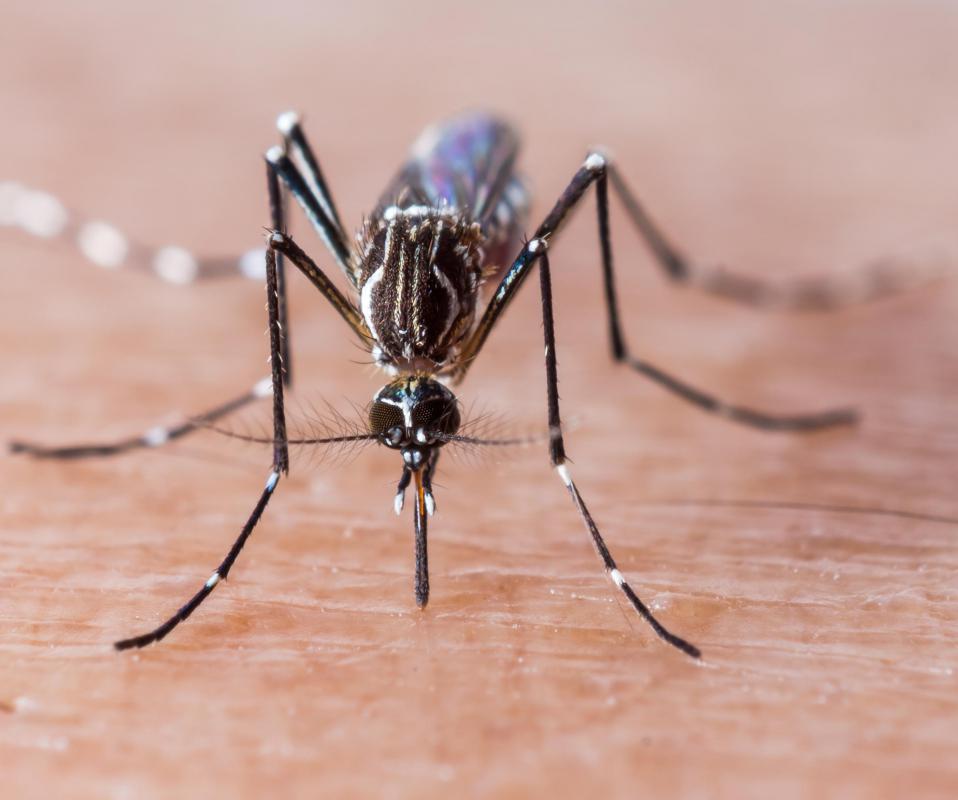At HomeQuestionsAnswered, we're committed to delivering accurate, trustworthy information. Our expert-authored content is rigorously fact-checked and sourced from credible authorities. Discover how we uphold the highest standards in providing you with reliable knowledge.
What are Widow's Tears?
Widow's tears (Tradescantia virginiana), more commonly known as Virginia spiderwort, spider lily or trinity flower, is an herbaceous perennial plant native to the central, eastern and southern United States. Commonly found growing in moist prairies, meadows and woodlands, the plant is a vigorous grower in the wild and in cultivation. Widow's tears also produces lightly fragrant, bright blue, purple, violet or white flowers. The blooms last no more than two days before fading, but new blossoms appear daily throughout the growing season.
The plant grows in an erect clump that reaches up to 36 inches (91.44 centimeters) in height, and produces rounded stalks that are single or branched at the base. Widow's tears has a spreading, although not invasive, growth habit. This makes it ideal for planting in areas that need informal cover, such as between shrubs and large ornamental plants, or under trees. The plant spreads through underground stems to form large colonies. The smooth strap-like leaves are similar to those of the iris, and provide interest in the garden when the flowers are no longer blooming.

Native American tribes, including the Cherokees, used widow's tears for numerous medicinal purposes, and as a food. They ate the plant's young leaves as salad greens, or boiled them with the tender leaves of other native plants. The entire plant was mashed and spread over insect bites and other superficial wounds to relieve itching, and a paste made from the plant's mashed roots was used as a treatment for cancer. Tea made from the plant's leaves and stems was once used to treat constipation, stomach ailments, reproductive problems, and kidney troubles. Today, the plant is most commonly used for ornamental purposes.
Widow's tears prefers a growing environment that receives partial shade to full sun, and consists of acidic, poor to average soil. It will adapt to drier areas if necessary, but thrives in moderately moist, well-drained soil. Because of its temperate native habitat, the plant can tolerate temperatures as low as -30 degrees Fahrenheit (-34.44 degrees Celsius). Although relatively pest- and disease-free, young snails sometimes eat the plant's young shoots.
A heavy bloomer, widow's tears produces flowers throughout the spring and summer months. It will sometimes flower again in fall if the stems are removed in late summer after the first blooming period declines. Established wild and garden plants will self-sow under ideal conditions, and any stalks that lay on the ground will readily take root. Dividing the plants every two to four years, and removing stalks from the ground before they have a chance to take root will help keep the vigorously growing plant contained.
AS FEATURED ON:
AS FEATURED ON:











Discussion Comments
I used to think that widow's tears was the other name for spiderwort. It is, but there is another group of plants in the same family that go by the name widow's tears. Widow's tears basically refers to plants within the family Commelinaceae. Spiderwort belongs to the genus Tradescantia within the Commelinaceae family. The other group of flowers that go by the same name are in the genus Commelina.
So when people are talking about plants in the Tradescantia genus, I think it's best to call them "spiderwort" instead of widow's tears to avoid confusion.
@donasmrs-- That's a good question. I'm not sure if there is any folk tale associated with this name. I think the name comes from the characteristics of the plant. When the bract of a widow's tears flower is squeezed, it releases a drop of sap. This drop kind of looks like a tear drop. I think this is where the name comes from. The flower looks like it's crying, like a widow would. If there is a story associated with it though, I would love to know too.
Does anyone know why this plant is called "widow's tears?" Is it connected with any folk tale?
Post your comments